Local stone is great material for creating a landscape design that’s timeless and durable. When thinking about landscape materials for garden design projects, consider local stone based on the shapes, sizes and colors available where you live. Different types can be mixed and matched for paving, walkways, walls, water features and more.

The basics. Local stone is available in bulk, by the pallet or ton, through landscape suppliers like Arroyo Building Materials. Bulk stones are grouped by shape and color, with specifications for a range of dimensions. For example, we have stone available in medium and large sizes with a stated dimension range for each category, like 3-inch diameter and 6-inch diameter, respectively.
Cost.It is tough to provide a specific cost for local stones, because it varies widely. They are priced based on local abundance, size, finish, color and how difficult they are to extract. For example, granite cost varies by color because some colors are more locally abundant than others. Shown here is a walkway made from elongated rectangular pieces of granite in the Northeast. It is a granite color that’s locally abundant, but the special shape increases the cost.

Stones that are split or cut to a specific dimension or dimension range, are polished or have other surface finishes are going to be more expensive. Round fieldstones and small boulders are on the less expensive side, because they have less “finishing,” meaning they are not split or cut after being dug from the field.
Pros:
Lasts a lifetime
Extremely durable
Easily reusable; can be restacked for walls, reset for paving, rearranged and reoriented
Available in many sizes and shapes for mixing and matching in various applications
Cons:
Initial cost is higher than that of concrete, wood or other common landscape materials
Detailed and custom designs require expert masonry of the highest quality; expert masons are not available in every region
Working with local stones is often labor intensive, making the installation cost higher
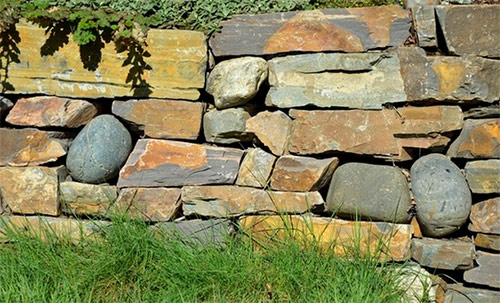
Stone types by shape and how to use them:
Boulders: Irregularly shaped, large stones with rounded or angular edges. Boulders are best used as stand-alone accents or mixed with smaller stones for dry riverbed edges.
Fieldstones: Any medium to small stones that are collected from the surface of the ground, instead of excavated; fieldstones are great for building garden walls.
Flagstones: Flat stones that have been excavated and split along naturally occurring fissures; typically available as large, wide pieces with irregular edges. Flagstone makes excellent patio and walkway paving.
Ledger stones: Similar to flagstone in the way it is split to create flat pieces, but ledger is split into rectangular shapes with more refined edges for stacking. It is also called stacked stone. Wide ledger can be used for walls, and narrow ledger pieces can be used to create wall veneers.
Crushed stones: Rock that has been broken into small pieces and comes in a variety of sizes. Also called crushed gravel or the name of the stone, like crushed limestone. Crushed stone is useful anywhere that you can use gravel.
What makes it sustainable. Local stone lasts a lifetime. You will not have to send it to a landfill ever, because it can be reused again and again. Like locally sourced wood, stone is a sustainable building choice for the landscape when it is purchased from a nearby source. Not all stones available at the supply yard will be sourced from nearby quarries, however. Inquire about the source of the stones and get to know your local rock types.
How to find and source local stones.Take a trip to Arroyo Building Materials. Not all stone yards will allow residential customers to visit without a landscape professional, but we are open to the public. Seeing our local stone in person is a great way to be inspired for how to use it in your landscape.

Use these questions to figure out how to best use local stone in your landscape:
Do you have existing stones on your property, like boulders, exposed bedrock or a rocky stream? If so, they can help you choose a similar color palette of local stones from a supplier, or you can move these stones for reuse elsewhere in your landscape design, if appropriate.
What is your terrain like? Local stones have an elemental quality that is well matched to the local soil and topography. Let your terrain inspire how you use local stone colors and shapes.
Where do you want or need permanent walls? Local stone is a great investment as a wall-building material.
Are you considering local stone for a big or small application? If you are looking to do a small DIY project that incorporates local stones, you can buy smaller quantities and experiment with placement around a walkway or water feature. For large or specialty applications, like full patios, large retaining walls or rock swales, it is best to consult a professional for help with design, planning and construction.
Via Houzz.com

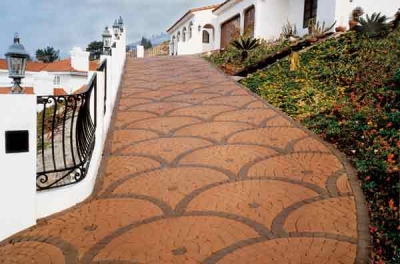
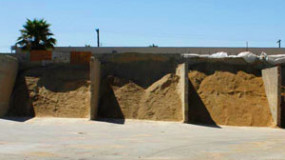


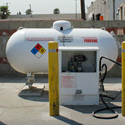
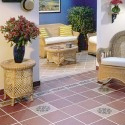
 2% charge on all credit cards except for debit and prepaid cards
2% charge on all credit cards except for debit and prepaid cards